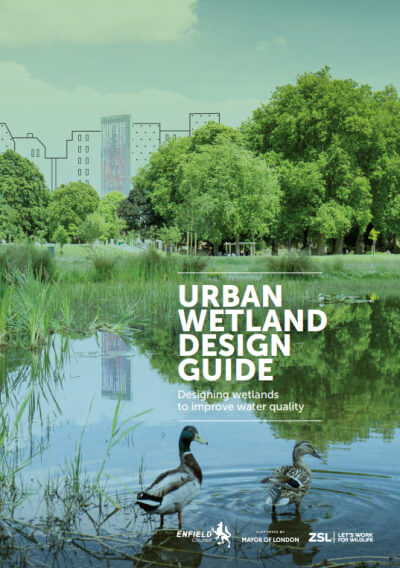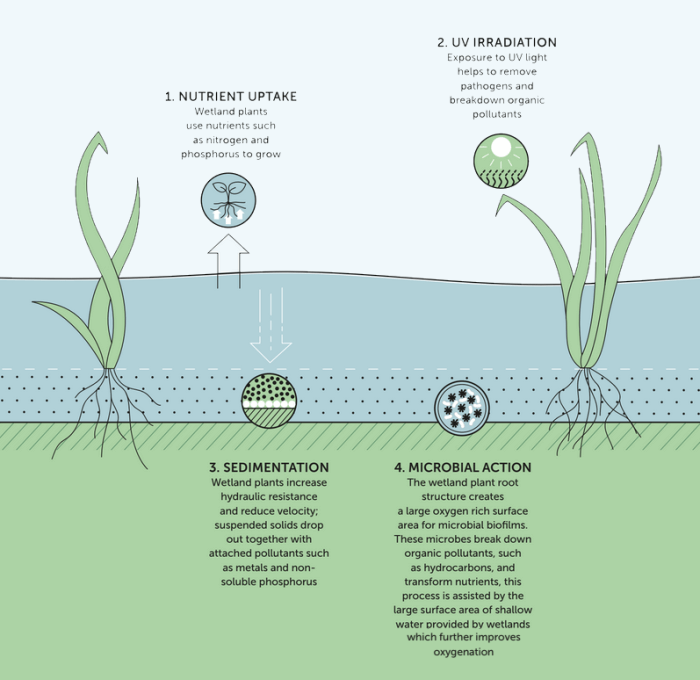 Enfield Council has been a pioneer in the creation of "constructed wetlands", so it's no surprise to find that the main author of a newly published Urban Wetland Design Guide is Ian Russell, the council's Principal Engineer, Structures and Watercourses.
Enfield Council has been a pioneer in the creation of "constructed wetlands", so it's no surprise to find that the main author of a newly published Urban Wetland Design Guide is Ian Russell, the council's Principal Engineer, Structures and Watercourses.
The guide was launched, very appropriately, during an event last week at Firs Farm Wetlands, the largest of Enfield Council's schemes (if you haven't visited, you should - it's within walking distance of Palmers Green). The first, dating back to 2013, was the Glenbrook scheme, which cleans up the stream's water before it enters Boxer's Lake (south of Enfield Road). Our local wetlands, in Broomfield Park, opened two years ago.
The new wetlands provide habitats for a wide range of plants and animals, including humans, as they are great places for kids to find out about nature and for adults to enjoy some tranquillity. But these plus points - although deliberately designed into schemes - are not their main purpose, which is to remove pollution from streams that eventually flow into the River Lea.
The pollution comes from surface water drainage systems, whose role is to convey rainfall to the nearest stream or river. Unfortunately, pollution left on roads by vehicles - up to 300 different pollutants, including tyre fragments, oils, heavy metals - is washed by rainfall into the surface water drainage system and thence into the streams. Well designed wetlands use naturally occurring physical, ecological and chemical processes to reduce or remove pollutants.
A secondary, but important, purpose is to reduce flooding caused by storms by holding back stormwater in a location where it does no harm on its way downstream to places where it could cause havoc.
The design guide is available online for free. Although intended for professionals, in particular landscape designers, it's short, very clearly written and illustrated and no specialist knowledge is needed to follow the main design principles. After reading it, I now understand why the Firs Farm scheme looks like it does. What I thought were features designed to make it look prettier or more interesting are in fact fundamental features without which it wouldn't fulfil its purpose.
 The main ways in which a constructed wetland removes pollutants
The main ways in which a constructed wetland removes pollutants



